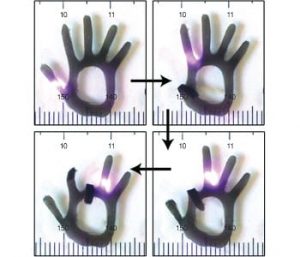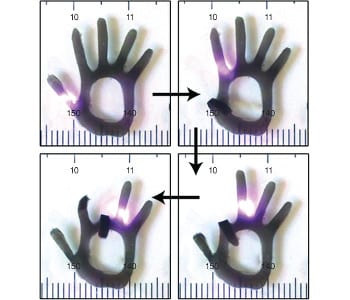 Proteins are extremely versatile building blocks of our bodies that can function in different environments. The functional adaptability and diversity of proteins ensure the structural integrity of all living organisms, and their very survival. In recent years, structural proteins, the pillars of all living things, have been at the center of the design efforts to create protein-based functional nanomaterials for bioengineering and medicine. Mammalian elastin, collagen, insect-derived silk and resilin are four naturally occurring proteins that have been studied and used in numerous applications, namely as protein-based scaffolds for tissue engineering and drug delivery. The design and production of protein –based polypeptide (PBP) materials such as the derivatives of these four proteins are easily controlled in the laboratory setting. Due to their natural origin, they are also highly biocompatible and biodegradable, making them perfect candidates for biomedical applications.
Proteins are extremely versatile building blocks of our bodies that can function in different environments. The functional adaptability and diversity of proteins ensure the structural integrity of all living organisms, and their very survival. In recent years, structural proteins, the pillars of all living things, have been at the center of the design efforts to create protein-based functional nanomaterials for bioengineering and medicine. Mammalian elastin, collagen, insect-derived silk and resilin are four naturally occurring proteins that have been studied and used in numerous applications, namely as protein-based scaffolds for tissue engineering and drug delivery. The design and production of protein –based polypeptide (PBP) materials such as the derivatives of these four proteins are easily controlled in the laboratory setting. Due to their natural origin, they are also highly biocompatible and biodegradable, making them perfect candidates for biomedical applications.
In a Review in WIREs Nanomedicine and Nanobiotechnology, Malav Desai and Seung-Wuk Lee from UC Berkeley (Berkeley, CA, USA) provide brief backgrounds for each of abovementioned four proteins, and update on the recent advances of engineering PBPs based on them. The modular PBPs designed for similar applications and future directions in this field are also discussed in this article. One of the highlights of this paper is what looks like a torn rubber glove flopping in the wind but in fact it is the light controlled modularly synthesized hydrogel built from PBP and graphene shaped as a human hand.

















